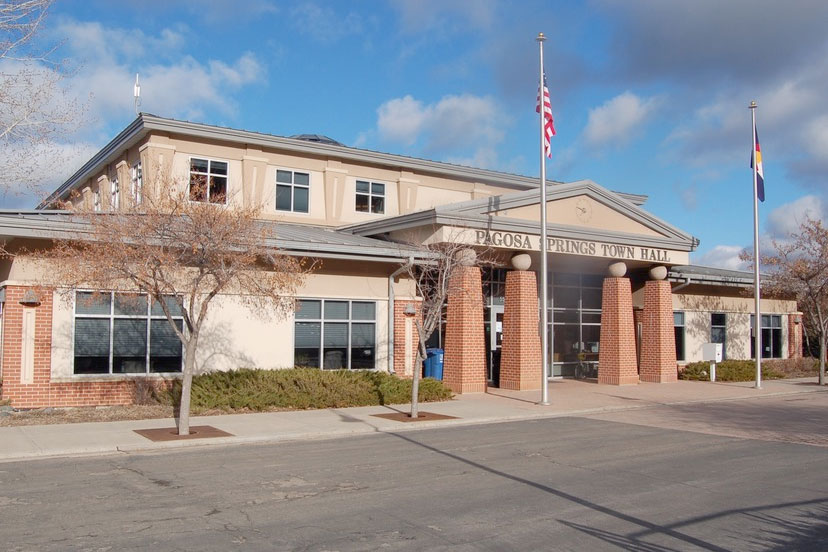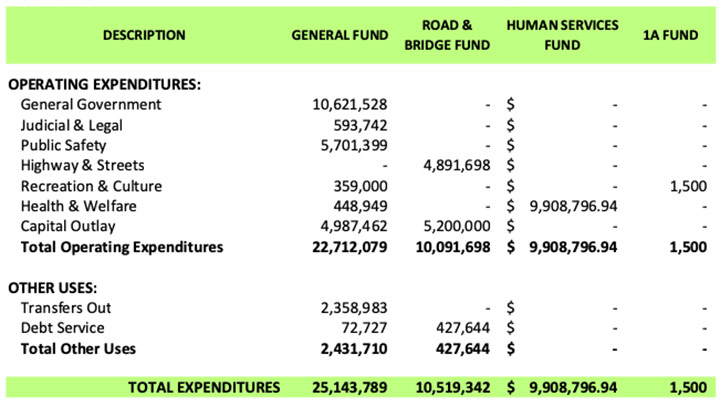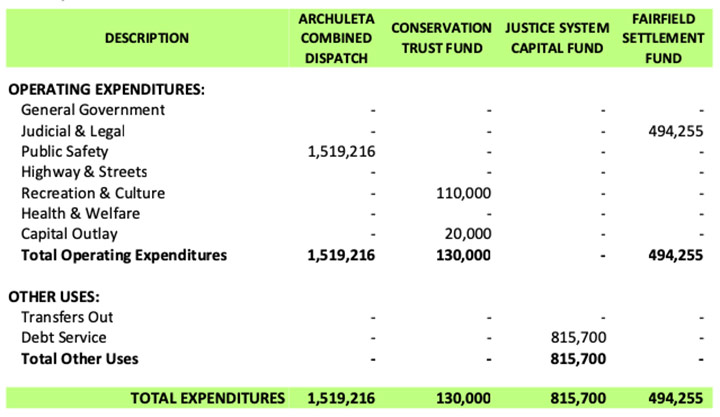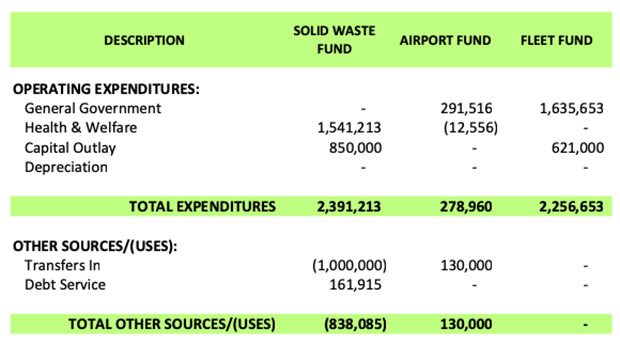We’ve been discussing the challenges faced by a small municipality — population about 1,800 — operating its own (fairly expensive) sanitation district, while a much larger segment of the Archuleta County population is served by the Pagosa Area Water and Sanitation District (PAWSD).
The Town’s wastewater challenges include a pumping system that nearly failed in the spring of 2022, difficulty recruiting and retaining employees, and a system of collection pipes that reportedly need an estimated $6.5 million in repairs and replacements.
(We note that PAWSD is facing its own challenges lately.)
A couple of days ago — the same day I began this editorial series — the Town staff posted, to the Town website, a summary of the “Goals and Objectives for the 2023-2024” that were developed during the Town Council retreat a month ago, on July 13 and 14.
You can download the document here.
The staff also provided this information on the website:
In mid-July, Town Council spent two days in a strategic planning retreat discussing the future of Pagosa Springs. The annual retreat is an opportunity for Town leaders to outline long-term goals and set priorities for the next fiscal year.
In addition to the essential services that the Town provides, such as public safety services, parks and recreation, road maintenance, municipal courts, and building/planning services, the Town Council adopted a set of goals and objectives that it would like to tackle in the coming year and beyond.
These goals serve as the basis for the Town’s annual operating and capital budgets and are used as a roadmap for staff to implement. At the top of the list are the Council’s five highest priorities, which include:
- Sanitation District: Develop a long-term strategy to provide essential sanitation collection and treatment services that are financially viable, future-oriented and maximize the existing assets and partnerships in a community of our size with limited resources.
- Staffing: Ensure adequate staffing levels and appropriate employee benefit packages to carry out core services and desired programs for the community.
- Workforce Housing: Support private sector and community organizations’ efforts to provide housing of all types to ensure housing choices for residents.
- Traffic Management, Parking and Road Maintenance: Ensure safe and efficient roadways that are well-maintained; explore opportunities for additional road networks; and understand parking needs to support a robust economy.
- Parks and Trails Maintenance: Enhance community pride and Town culture through the upkeep of current parks, trails, open spaces, and rights of way through proper staffing levels, provision of equipment, and community partnerships. Focus on maintenance before adding new projects to maintain.
Seven other goals are identified in the plan, related to public art initiatives; broadband reliability; early childhood care and education; senior resources; historic preservation; recreation district planning; geothermal systems planning; land acquisition strategy; and traffic and pedestrian management.
But as we note, the Goal at the top of the list is a “long-term strategy” for the sewer system.
Number two is “ensure adequate staffing”. Nearly every organization, agency, and business in Archuleta County is struggling with this same issue.
Number three is “workforce housing”. Many observers (myself included) have blamed the lack of “adequate staffing” mainly on Archuleta County’s housing crisis. Very little has been done, by our governments and our businesses, so far, to address this crisis.
Granted, it’s not an easy thing to address, unless we are ready to put our money where our mouths are.
Speaking of money, our governments and special districts are now in the beginning process of defining their budgets for the 2024 fiscal year.
Where have our elected officials been applying our money, over the past decade?
In the case of Archuleta County, the County government’s total projected expenditures will be about $53.6 million this year, and the biggest expenditures appear to be:
1. General Government ($10.6 million)
2. Road & Bridge ($10.1 million)
3. Human Services ($9.9 million)
4. Public Safety, including Dispatch and Justice Center ($8.0 million)
5. Solid Waste ($2.5 million)
In the case of the municipal Town government, the biggest projected expenditures out of the 2023 budget — out of a total of $16.4 million — are:
1. Capital Improvements, including Streets and Parks Maintenance ($7.4 million)
2. Police ($1.6 million)
3. Community Development, including Planning, Building, and Housing ($1.4 million)
4. Sanitation, and Geothermal Heating ($1.4 million)
5. Administration ($1.4 million)
6. Tourism ($1.4 million)
However, the Archuleta County government contributes a portion of the “Tourism” and “Recreation” revenues, but lets the Town staff administer those funds.
We might also note that, although the Town created a “Housing” division in December 2021, they still do not have anyone hired to run that division (budgeted at $598,000).
The sources of money, for our government priorities, are various.
The greatly increased 2023 property valuations, and resulting higher property taxes, will not benefit the County or Town government significantly — although other government districts will benefit. (Fire District, Library District, etc.)
Sales taxes, which had been on a dramatically upward trajectory from 2019 through 2021, have flattened out, and may be headed downward this year.
Town Lodging Taxes, that help fund the Tourism office, also exploded during the COVID crisis, but now seem to be falling back to 2019 levels. A 25% drop?
That drop in revenue has not stopped the Tourism Board from allocating such tourist-promoting investments as new pickleball courts ($150,000 contributed) and fireworks for a planned “Halloween Hootenanny” ($25,000).
The Tourism Board will be meeting this afternoon at 3pm, to discuss expenditures for 2024. The meeting will be held at the Ross Aragon Community Center and via Zoom.
Join Zoom Meeting By Computer – https://zoom.us/j/82751159413
I would be surprised to hear them decide that housing for workers is the number one crisis, in the tourism industry.




